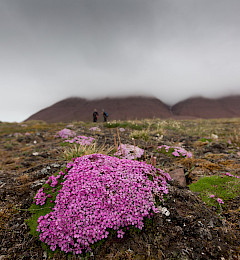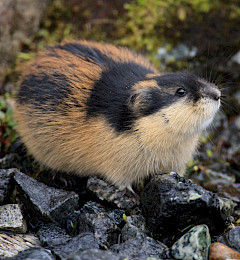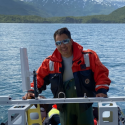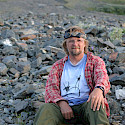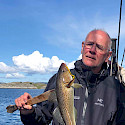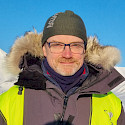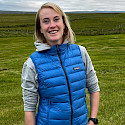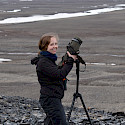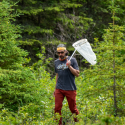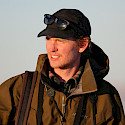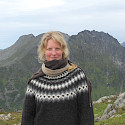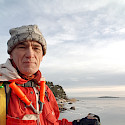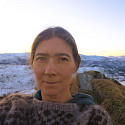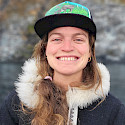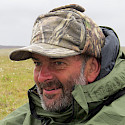- Steering Group members: CBMP Terrestrial
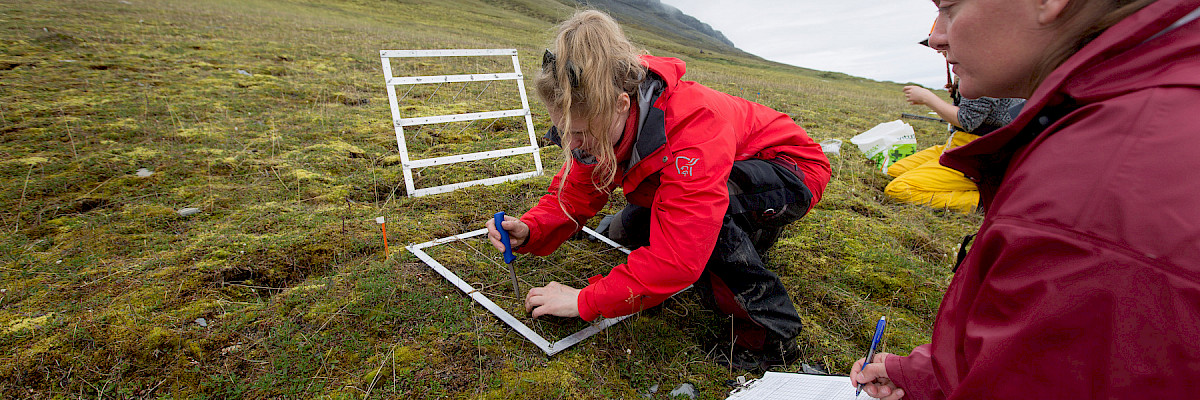
CBMP Terrestrial Biodiversity Monitoring
The CBMP is working with partners across the Arctic to harmonize and enhance long-term terrestrial monitoring efforts, and to facilitate more powerful and cost-effective assessments through the generation of, and access to, improved circumpolar datasets.
For terrestrial environments, these efforts are led by a Terrestrial Steering Group with expertise from four Terrestrial Expert Networks (Vegetation; Arthropods; Birds; Mammals) who are working to implement the Arctic Terrestrial Biodiversity Monitoring Plan. This is an agreement across Arctic nations to compile, harmonize and compare results from existing Arctic terrestrial biodiversity and ecosystem monitoring efforts, across nations.
The CBMP-Terrestrial has identified key elements, called Focal Ecosystem Components (FECs), of the Arctic terrestrial ecosystem, where changes in FEC status likely indicate changes in the overall terrestrial environment.
FECs were identified within vegetation, arthropods, birds, and mammals. Furthermore, several attributes of FECs, such as abundance, demographics, diversity, or phenology, were identified and further classified as essential or recommended for monitoring.
In this section / Topics
CBMP Terrestrial Experts
-
Jan-Petter Huberth-Hansen
Resilience and Management of Arctic Wetlands representative; CBMP Terrestrial Steering GroupNorway -
Sunna Björk Ragnarsdóttir
CBMP Terrestrial Steering Group, Co-lead. CBMP Coastal Steering GroupIceland -
Mikhail Soloviev
CBMP Terrestrial Steering Group, Terrestrial Bird Expert NetworkRussian Federation
CBMP Terrestrial Steering Group
Lead Working Groups
CAFFLead Arctic States & Permanent Participants
IcelandThe United States
Engaged observers
FranceInternational Arctic Science Committee (IASC)
Switzerland
United Kingdom
 Arctic Council Working Group
Arctic Council Working Group 